Section 5: Social Media Do’s And Don’ts
Step-by-Step Guide to CSO Social Media
Guidelines and tips for avoiding missteps and creating positive engagement online.

You may have heard of the “Do No Harm” principle. It’s a concept widely used by many organizations, including the UN and The Asia Foundation, to ensure that initiatives do not accidentally cause harm or create conflict.
“Do No Harm” recognizes that any intervention or program, no matter how well-intended, can have unintended consequences. The same is true of any social media campaign. Your well-meaning posts may in fact have unintended or even negative consequences.
We need to carefully consider our behavior online, as both the positive and negative power of the internet is enormous. Anyone with internet access can say anything and reach vast numbers of people. Things can easily spiral out of control if we don’t uphold basic codes of conduct online. Have consideration for others online just as you would in the real world.
Another key reason to follow a few simple principles online is to be effective. It’s easy to waste a lot of time with common mistakes. The flip side is that you can make life easy for yourself and do a great job with a few key pointers.
What can go wrong?
Messages may be misunderstood. For example, talking positively about building peace and understanding may seem insensitive to people who are suffering from ongoing violence.
Social media campaigns may make people feel that they’re being ostracized or ignored. For example, a campaign to mobilize young people may make village elders feel undermined.
Sharing of misinformation, disinformation, or fake news (deliberately or accidentally) can lead to harmful reactions. During the Covid pandemic, influential individuals tried to share health advice that was incorrect or conflicted with professional guidance, causing confusion and uncertainty.
Posts that target a certain group or that rely on stereotypes or incorrect assumptions may have harmful consequences. In some countries, stereotypes about different groups and assumptions about the spread of the coronavirus resulted in more hate speech, discrimination, and violence.
A social media message may attract negative comments or posts. Even the most well-meaning post may be inundated with negative comments. Often, the more effective the post the more negative comments it attracts.
How can you minimize the risks associated with posting or publishing online?
Understand that:
Many different people may read your posts, not just your intended audience, and some may perceive things differently than you do. Words and images can be powerful, and this can be extremely positive (you have a successful campaign) or negative (people are upset or hurt). Once you publish online, your words and images may be shared or used by others in different contexts.
Before posting, always ask yourself:
Is the information you are sharing factually correct and current? Research and consult with experts where possible.
Ask yourself these additional questions:
- Are you relying on common stereotypes or inaccurate assumptions? This is easy to do, but it could reinforce rather than break down barriers.
- How will your audience respond to this message? If you’re unsure, test it out!
- How could this message be perceived by others outside of your community or target audience? Again, test your message on someone outside your organization!
- Could your post be taken out of context? You may have a valid point to make, but how does it relate to events and other factors present in the environment around you?
- Are you prepared to monitor and curate the responses to your content?
Always keep “Do No Harm” in mind and do a final check before posting. Just being aware of this principle will help you avoid many potential social media pitfalls.



 Back
Back